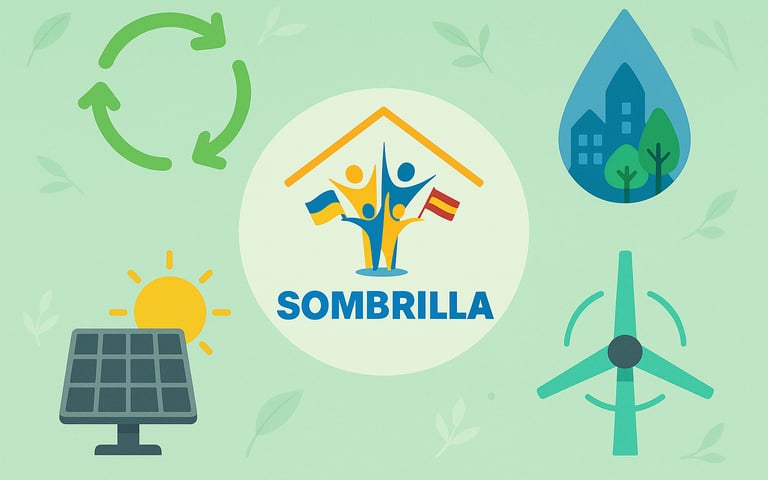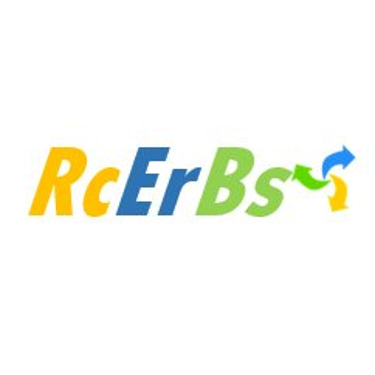"Green" Recovery: How Ukrainian Communities Fight for the Future and Why Their Strategy Is the Key to Victory
8/19/20252 min read


LUBNY, Ukraine. Reconstruction is not just about returning to “how it was.” It is a unique opportunity for Ukraine to become a leader in sustainable development. But on this path, communities face two main challenges: fierce competition for financial resources and the need to comply with strict international standards. Now, in order to receive funding from the state and international donors, it is necessary to speak the language investors understand — the language of “green” technologies.
A Ticket to the Future: EU Taxonomy and Rio Markers
According to experts, in the new reality, where every dollar and euro counts, victory goes to those who are best prepared. And this preparation begins with understanding the “green” standards, which will soon become mandatory in Ukraine.
EU Taxonomy is not just a dictionary, but a real financial “filter.” It clearly defines which investments are environmentally sustainable, preventing loud slogans from masking the truth. Simply put, it distinguishes genuine “green” investments from imitation.
Rio Markers: A Simple Tool for a Complex Task
For international investors, it is important that each project contributes to global goals. That is why the Rio Markers were created. This simple yet effective system evaluates projects based on their contribution to three key areas:Climate Change Mitigation (Climate Marker): Does the project help reduce greenhouse gas emissions? For example, the construction of a wind power plant would receive the highest score.
Climate Change Adaptation (Adaptation Marker): Does the project make the community more resilient to the impacts of climate change, such as floods or droughts? For instance, modernizing a drainage system would score highly.
Biodiversity Conservation (Biodiversity Marker): Does the project help protect nature and preserve ecosystems? Establishing a nature reserve or a forest restoration program would be recognized with this marker.
Each project is graded on a scale from 0 to 2, where 2 means this is the project’s main objective. Donors and the state will prioritize projects with high scores, as they demonstrate a clear “green” orientation.
Why Does a Community Need Its Own “Green” Strategy?
Imagine a sports competition. You cannot win without a clear plan, training, and proper equipment. The same goes for a community. Think of your strategies for environmental safety, climate change adaptation, and your Municipal Energy Plan (MEP) as your training program.
“These documents are not just paper, they are a demonstration of your institutional capacity,” experts emphasize. In the face of tough competition for funding between communities, having high-quality strategic documents is a decisive factor. It sets your community apart from others and shows your readiness to use funds effectively.
This is exactly why the SOMBRILLA Project helps Ukrainian communities develop these strategic documents, providing expert support to ensure their plans are of high quality and meet international requirements.
Key Points on the Importance of a “Green” Approach for Building a Project Portfolio
Access to Funding. International donors and financial institutions prioritize projects with a high “green” rating. A well-structured portfolio that meets these criteria significantly increases a community’s chances of obtaining funds.
Efficiency and Resilience. “Green” projects are more efficient and sustainable in the long term. Investments in energy efficiency, renewable energy, and ecological infrastructure reduce operational costs and provide lasting benefits.
Innovation and Competitiveness. Implementing “green” technologies fosters innovation and boosts community competitiveness. This attracts new businesses and creates jobs.
Reputation and Trust. Compliance with international “green” standards enhances a community’s reputation and strengthens trust among partners, investors, and its own residents.
Conclusion
In the new reality, where environmental awareness is the foundation for investment decisions, “green” strategies are no longer just a desirable addition. They are becoming a mandatory prerequisite for successful recovery. By developing and implementing these documents, communities not only gain access to funding but also build a sustainable, environmentally safe, and prosperous future for their residents.
